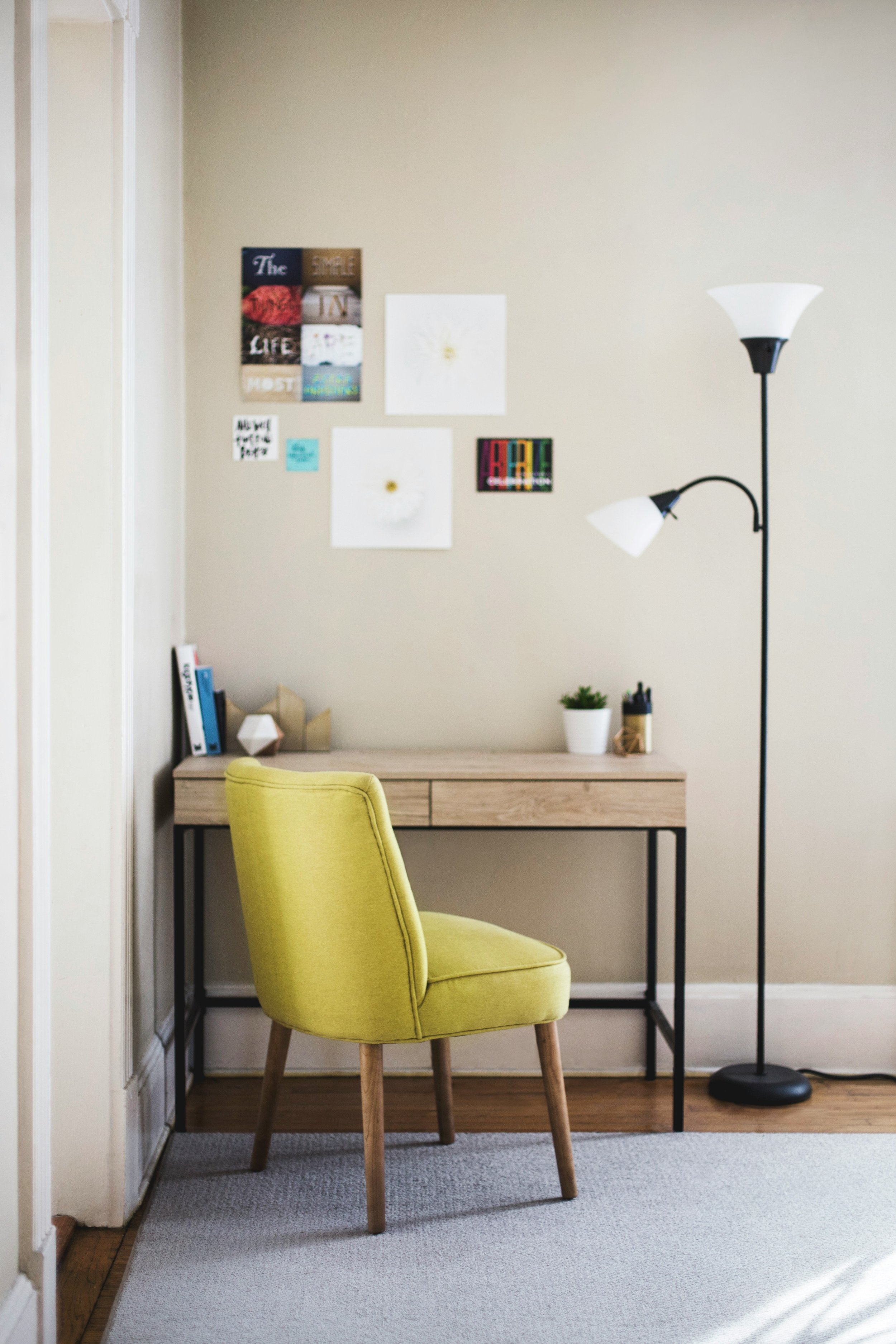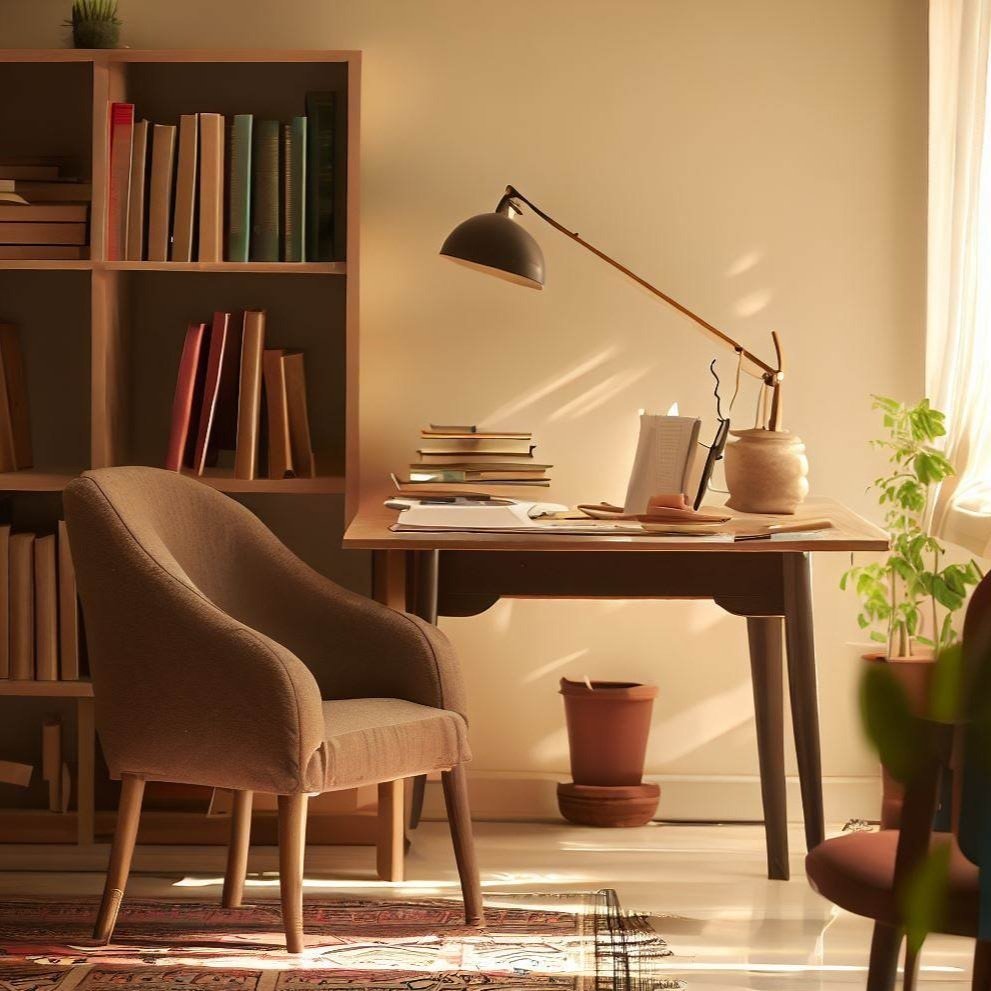How the Best Room Designs Can Boost Student Focus and Academic Success
Learn how the best room designs can boost student focus and academic success by creating an environment that promotes concentration, comfort, and productivity.
A well-designed study space is more than just a place for students to hit the books – it’s a tool that helps learners block out distractions, boost productivity, and ultimately improve academic outcomes. By understanding the psychology and function of space, students can design environments suited to learning. Here’s how smart room design can transform study habits and lead to academic success.
Natural Lighting
Studies have demonstrated that natural light in the study environment has many advantages, such as:
● Enhances mood and energy through exposure to natural light.
● Reduces the need for artificial lighting, which can be harsher on the eyes.
● Promotes a healthier study environment by diminishing reliance on fluorescent lights.
● Helps maintain a natural circadian rhythm, supporting better sleep patterns.
A tip for students to get the most out of their study space is to move their desks as close to a window or other natural light source as possible.
Ergonomic Furniture
Ergonomic furniture is important for maintaining correct posture during long hours of study. Chairs and desks can be adjusted to maintain a natural sitting position. By investing in ergonomic furniture, you can avoid neck and back pain. It is easier to stay focused and motivated when you are comfortable. That said, if your inability to focus stems from overworking yourself, visit topessaywriting.org. This service offers the best essay help for busy students.
Color Psychology
The color of a room can influence a student’s psychological state. For instance, blue helps to create calmness and improve concentration. Green enhances creativity and also promotes relaxation. Avoid overly vibrant colors that might overstimulate you. Note that neutral palettes can help reduce visual distractions. Painting study walls with these colors or adding accessories in these shades may subtly but significantly affect a student’s productivity and stress levels.
Minimalistic Design
A clear space leads to a clear mind. Minimalistic design helps students focus by minimizing extraneous distractions. But this does not mean you must have a barren space. Rather, prioritize items with a purpose. Minimalist design does the following:
● Reduces distractions, allowing better concentration.
● Makes cleaning easier, which can further reduce stress.
● Helps create a peaceful and serene atmosphere conducive to studying.
● Encourages organization and efficiency.
Sound Control
The elements that control acoustics can dramatically improve study conditions by muting external noises that distract and interfere with concentration. The addition of acoustic panels, thick rugs, or bookshelves stuffed with books, for example, can act as acoustical barriers. For noisier environments, a study nook that can act as a sound-attenuation chamber might be imperative. You can utilize soft furnishings and acoustic panels to absorb sound. Also, include background noise or white noise machines to mask disruptive sounds.
Biophilic Elements
Injecting natural elements into a study space can have a positive impact on well-being and cognitive function. Indoor plants, natural wood or stone, and views of the natural environment are all not only beautiful additions to the space but also help alleviate stress and increase attention capacity. Biophilic design has shown that these elements can lead to higher rates of learning and improved emotional states in educational settings. Another factor that may help your education is essay examples. Check out TopEssayWriting to get free writing samples that will streamline your learning.
Inspirational Decor
Having a visual reminder of their aspirations in their immediate proximity can quietly inspire students to stay motivated and persevere through difficult study sessions. Whether it is motivational posters, inspirational quotes, or art that resonates with a student’s goals, these study guides can help refocus a student’s mind and remind them of their goals and the meaning of their hard work.
Dedicated Zones
Having a separate study zone is beneficial. Start by creating different zones (e.g., a reading nook, a work desk, a relaxation area), which helps mentally segment different areas of your life and reduces the sense of being overwhelmed. Moving between different classrooms or settings refreshes the mind, aiding focus and productivity. This is helpful to your brain, as it will make it easier for you to distinguish between the areas of your home where you must stay focused and glued to your textbooks from the areas where you can sit back and relax.
Sensory Elements
By incorporating elements that appeal to various senses – such as aromatherapy diffusers or background music systems – you can transform the study space into a truly immersive experience. Diffusing essential oils, such as lavender or peppermint, is a great idea because they are said to enhance concentration and calm the mind. At the same time, the right background music can energize or help you focus, depending on your preference.
Technology-Free Zones
As students have to rely on self-discipline to stay focused in the face of incessant digital distractions, instituting policies to create electronic-device-free zones on campus can make a world of difference. When areas are designated as places where no electronic devices are allowed, students are forced to abandon their usual patterns of studying – which often involve constant checking of social media feeds and emails – and resort to more ‘old-school’ modes of learning. The result can be greater retention, deeper learning, and even, hopefully, more serenity and self-control.
Personal Touches
Second, a student’s space can be personalized with additions that appeal to the student’s personality. This might include favorite colors, decorative elements, family pictures, or even a bulletin board filled with personal accomplishments and reminders. A space that feels like it belongs to the student can help improve emotional and mental health, which is an important part of achieving sustained academic success.
Designing for Success
Please note the different components of successful study space each have their role in learning. A conducive study space consists of details such as lighting, furniture ergonomics, the color of the room, the simplicity of the design, sound control, and natural elements. Students can create study spaces that help them focus on learning while also enhancing their chances of success in their academic life. A well-designed study space is not only pleasant to look at, but it also serves as a springboard for learning.




